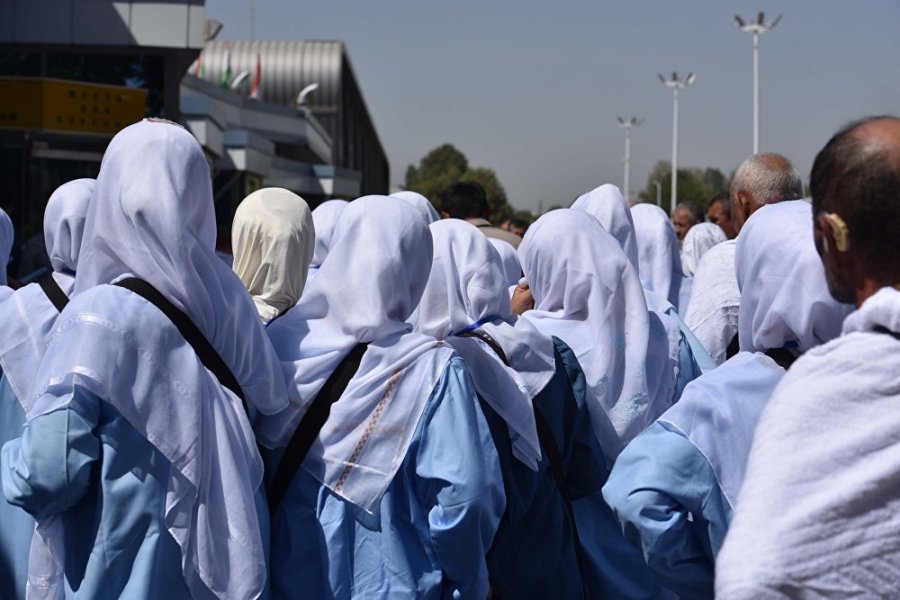Deputy Prime Minister, Ms. Shirin Ismatullozoda, yesterday held a meeting to discuss issues related to preparations for sending Tajik pilgrims to the Hajj this year.
The meeting participants included senior representatives of relevant ministries and agencies, a source within the Tajik government told Asia-Plus in an interview.
Speaking at the meeting, the vice-premier reportedly ordered to carry Tajik pilgrims to the Hajj only by planes of domestic air carriers.
Tajikistan has two air companies: privately owned Somon Air and the national air carrier Tajik Air. Tajik Air currently has only one plane in working conditions – Boeing 757-200, which operates flights from Dushanbe to Zhukovsky Airport (Moscow region, Russia) twice a week.
This year, the Hajj is expected to fall between July 28, 2020 to August 2, 2020.
Each year, Saudi Arabia welcomes millions of Muslims from abroad traveling on Umrah and Hajj. Hajj, one of the five pillars of Islam, is a pilgrimage to Mecca which adult Muslims must make at least one in their lifetime, provided they are physically and financially able. The Hajj is a demonstration of the solidarity of the Muslim people, and their submission to God. The pilgrimage occurs from the 8th to 12th day of Dhu al-Hijjah, the 12th and last month of the Islamic calendar. Because the Islamic calendar is a lunar calendar, eleven days shorter than the Gregorian calendar, the Gregorian date of the Hajj changes from year to year.
Recall, Tajik authorities in 2016 introduced new age restrictions for those who want to perform the Hajj. Citizens under the age of 40 are no longer allowed to perform the Hajj. The aim of the decision to introduce new age restrictions is reportedly to give older people an opportunity to achieve their dream to perform the Hajj.
The new age limit of 40 has been raised from the limit of 35 that was instituted in April 2015.
For the first time the Committee on Religious Affairs (CRA) under the Government of Tajikistan introduced age restrictions on those who want to perform the Hajj in 2010. Only citizens aged 18 to 80 were able to perform the Hajj.
In 2011, the CRA designed a new Hajj uniform; men don two-piece suits, while women wear long-sleeved dresses complete with headscarves. The Tajik Hajj uniform is embroidered with the country’s symbols.




